
Redesign your school library | 2013 National High School Architecture Competition #284
The high school library is a deteriorating, oversized, and dark place. Cement walls with barely any windows stretch about two stories high and create an environment that you feel trapped in. Everything that make this library what it is is what you don’t want in a place you’re trying to relax or work. I will be creating an environment that can fit the needs of everyone who needs it. The typical clients of my space will of course be the students of the high school and the faculty. They need a space that is quiet to research and read. Also, they need computers to work on papers and a space for group projects to be done. I would like to include all of this into a more natural setting. I would like to incorporate wood into the flooring and earthy tones with a lot of sunlight so you don’t feel all cooped up within the school. The space should be easily controlled in regards to sound and activity. Also, this modernized space will provide space and technology in addition to the typical library which will forever be a great place to learn and collect information.
.png)


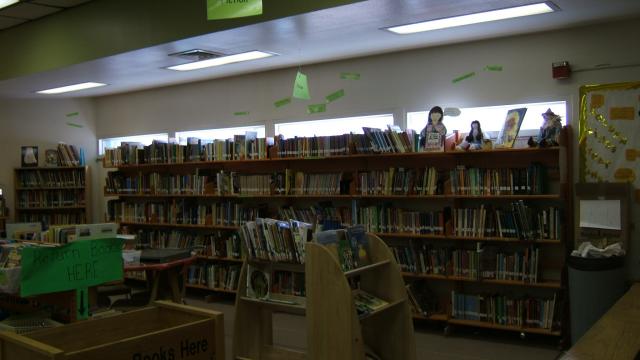
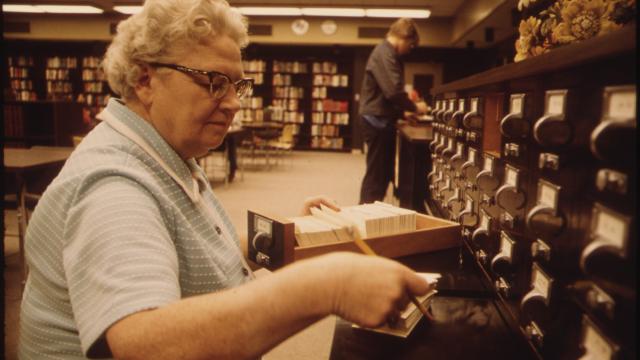

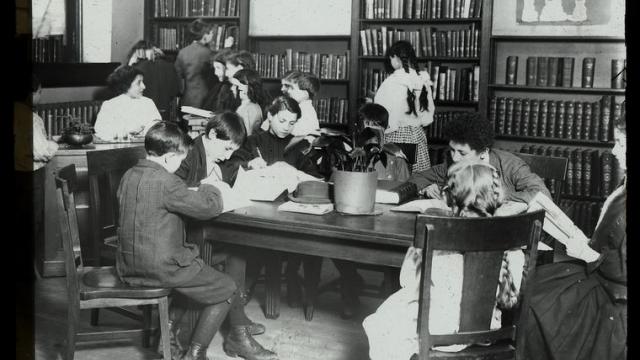
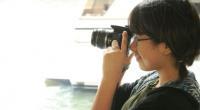





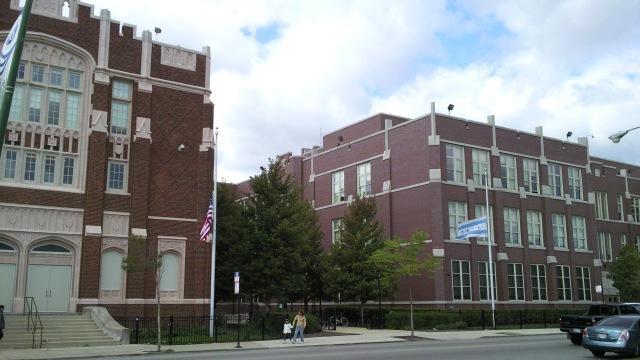
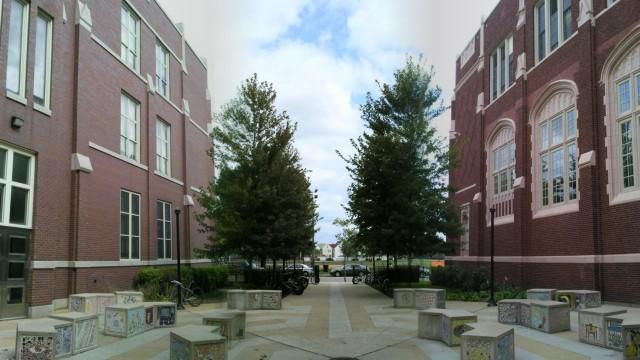
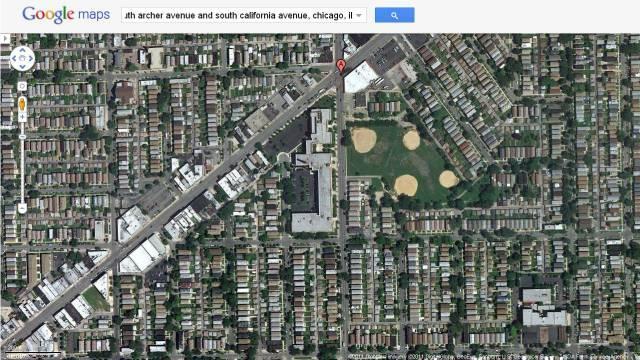
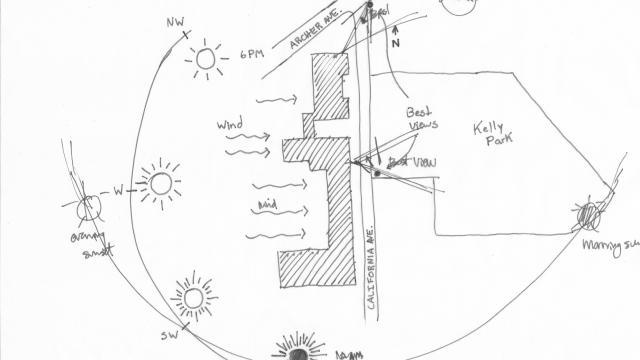
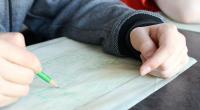







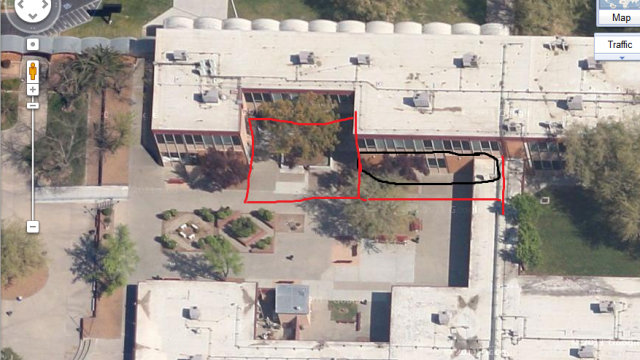
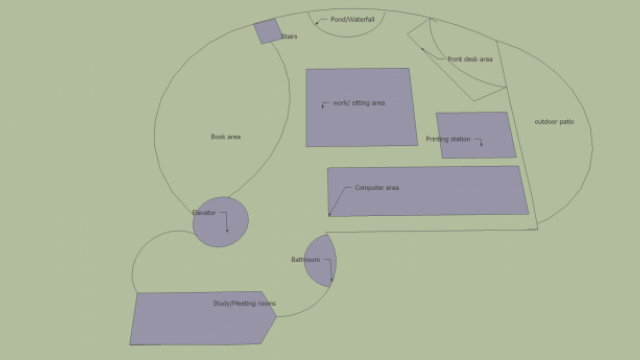
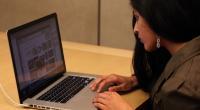






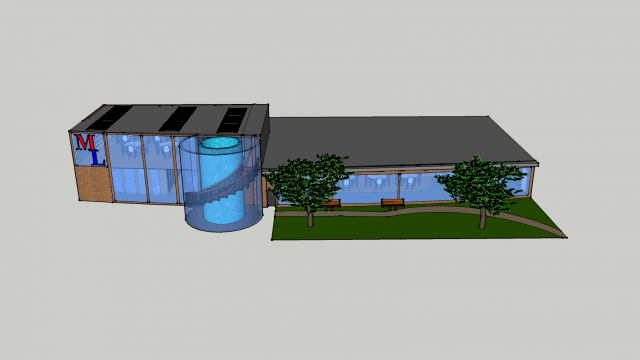
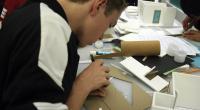



Comments
Great job on defining the problem, the end user, and the activities that will take place in this space. I also liked how you introduced some materials that you want to use so that you can improve the environment and I of course like the use of natural light. Something to keep in mind though when selecting your materials, is sound absorption, especially in a library. If you do want to use wood, then think of other ways you can cut down on the noise level such as wall coverings, etc.